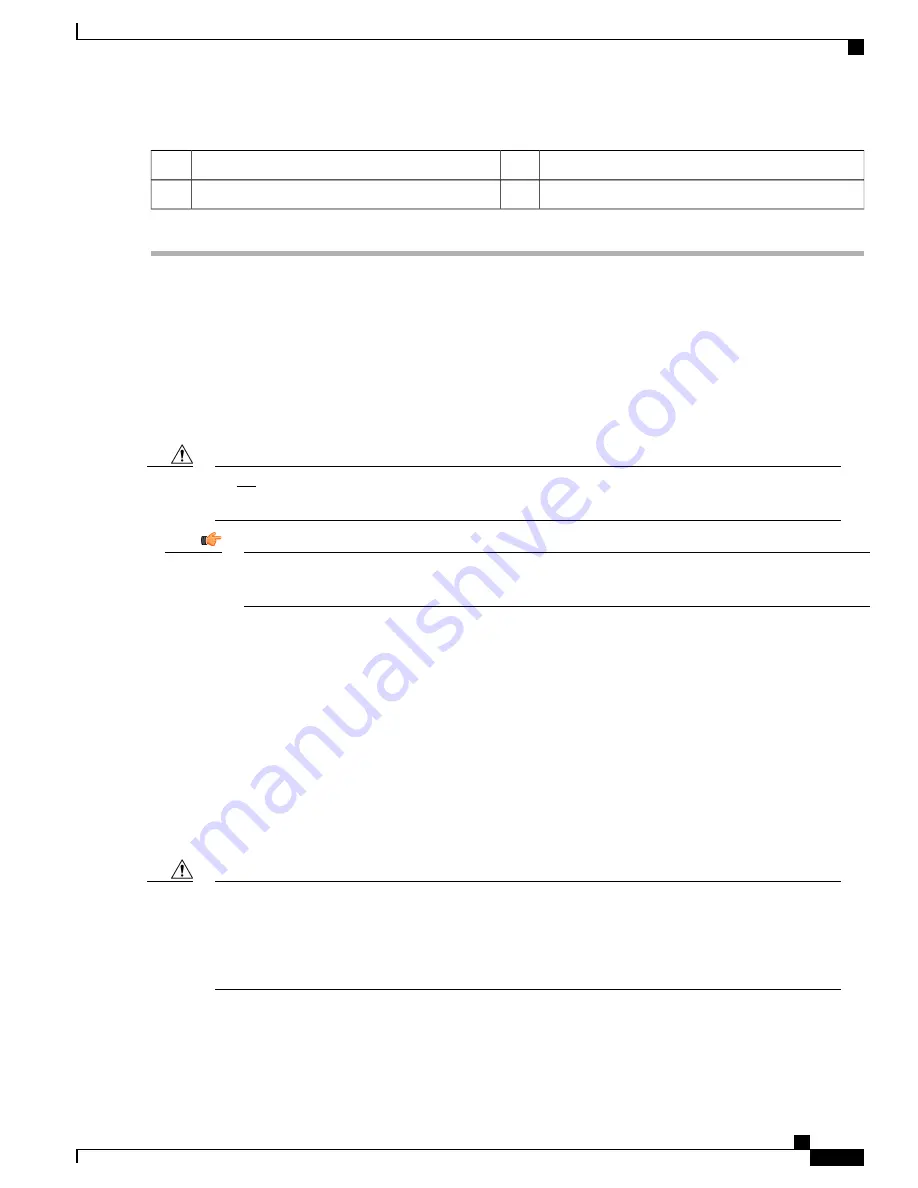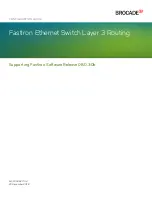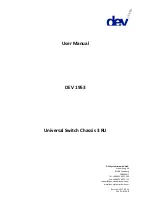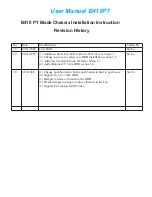
Access Cover
2
Cover panel
1
Pull tab
4
Rear air filter (ASR55-FLTR-AIR-R=)
3
Fan Tray Units
The four fan tray units draw air up through the chassis for cooling and ventilation. The heated air exhausts
through the vents at the rear and sides of the chassis.
This section describes how to remove and replace the front and rear fan tray units should there be a partial or
complete failure of a unit.
Do not operate the chassis for more than a very brief period of time (less than one minute) with one or
more fan trays out of service. Doing so may cause the system to overheat and result in component damage.
Caution
Each front fan tray is controlled by its corresponding rear fan tray. Removal or failure of a rear fan tray
will cause the corresponding front fan tray to cease running.
Important
Determining Whether a Fan Tray Unit Needs Replacing
The system has several ways to indicate a fan tray failure. The first indicator is that the System Status LED
on the System Status Card (SSC) illuminates red to indicate the failure of a chassis component.
If you see a red System Status LED on the SSC, you can determine whether it is a fan tray failure by using
the CLI. Refer to
Temperature and Fan Alarm Commands, on page 122
and
on page 122
.
Replacing Front Fan Trays
Fan tray units contain multiple fans that spin at a high rate of speed when the system is powered on. If the
system is powered on when a fan tray is removed, do not touch moving fans. To minimize the risk of
personal injury and potential equipment damage, pull the fan tray towards you until the fan tray extends
out of the chassis approximately two inches (5 cm). Wait a few seconds to allow fans to spin down before
fully removing the fan tray.
Caution
ASR 5500 Installation Guide
127
Replaceable Components
Fan Tray Units
Summary of Contents for ASR 5500
Page 12: ...ASR 5500 Installation Guide xii Contents ...
Page 16: ...ASR 5500 Installation Guide xvi About this Guide Contacting Customer Support ...
Page 40: ...ASR 5500 Installation Guide 24 Technical Specifications Chassis Grounding ...
Page 74: ...ASR 5500 Installation Guide 58 Card Installation Save Shipping Cartons ...
Page 88: ...ASR 5500 Installation Guide 72 MIO Port Cabling Cleaning Fiber Optic Connectors ...
Page 112: ...ASR 5500 Installation Guide 96 System Power up show leds Command ...
Page 130: ...ASR 5500 Installation Guide 114 Initial System Configuration Additional Configuration Tasks ...
Page 164: ...ASR 5500 Installation Guide 148 Replaceable Components Returning Failed Components ...
Page 186: ...ASR 5500 Installation Guide 170 Console Port to Cisco Server Cabling Configuration ...
Page 192: ...ASR 5500 Installation Guide 176 RMA Shipping Procedures Rear Cards ...








































